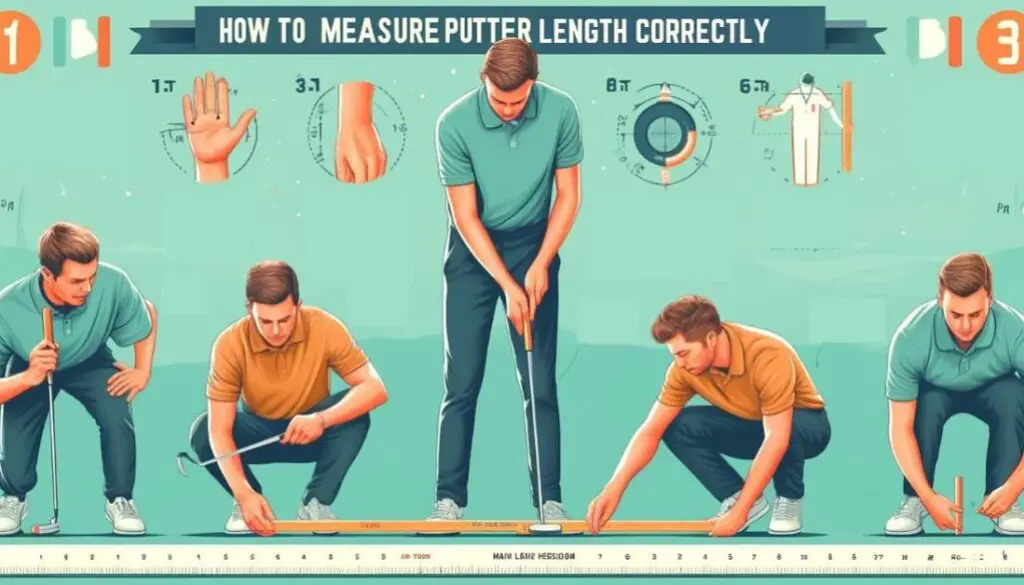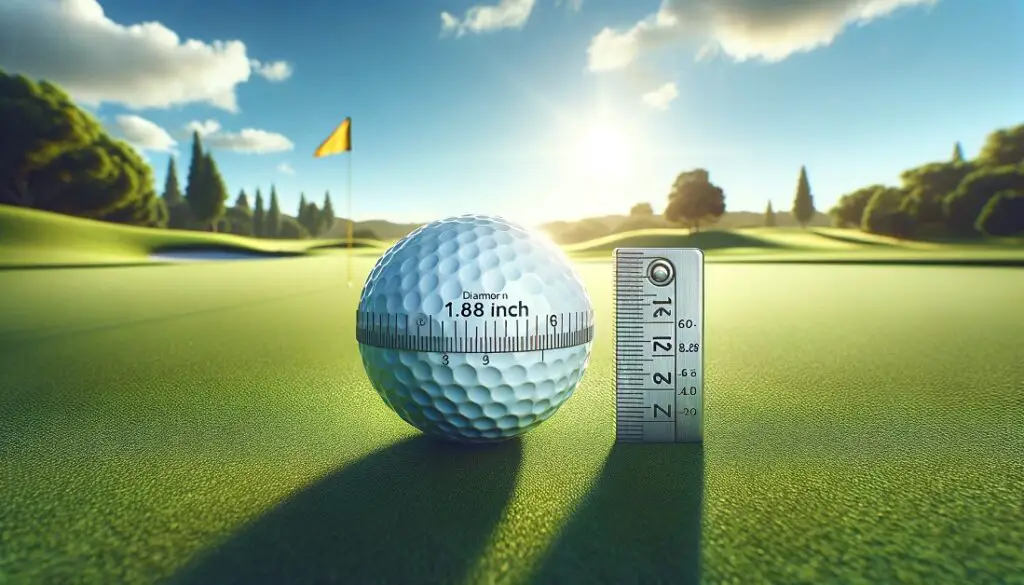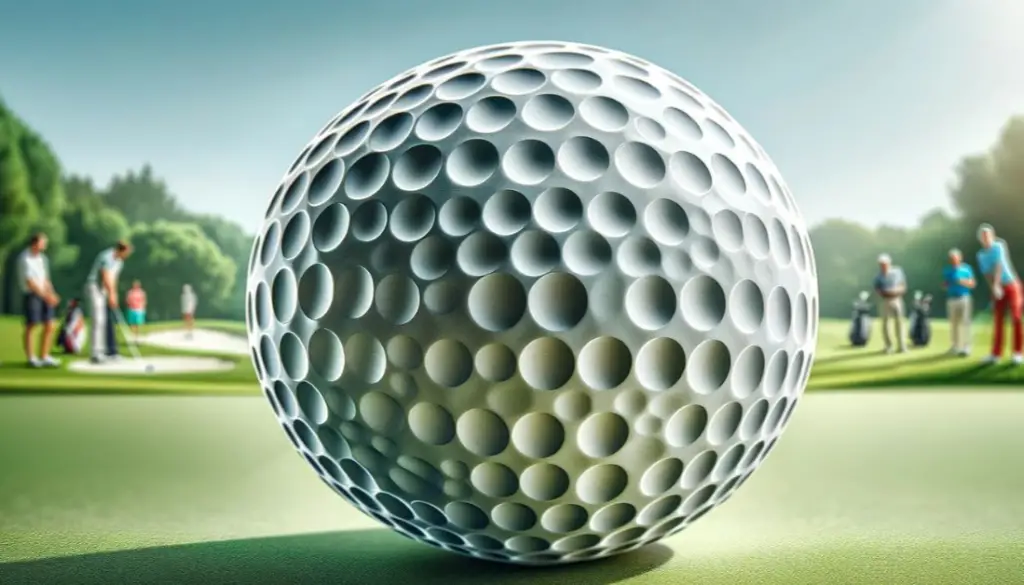Have you ever felt about why some days on the golf course feel like magic, while on other days, you are struggling to make even the simplest putt? The answer might not be in your swing or even your focus on the game—it might be in the length of your putter. The right putter lengths is more than just a preference, it’s required for proper posture, smooth mechanics, and ultimately, consistent performance.
Many golfers, from novices to the pros, often overlook this essential detail, resulting in unnecessary handicaps on their scores. But how do you measure putter length perfectly? Let’s explore how a correctly sized putter can be the secret weapon in your golf bag, turning those frustrating golf rounds into triumphant victories on the greens.
Table of Contents
ToggleWhy Does Length Of Putter Matter?
The length of the putter is quite important in golf. This important component of golf equipment impacts your stance and the overall mechanics of your putting stroke. When your putter is excessively long, you must stand too upright, making it difficult to control your shot and maintain accuracy. In contrast, a putter is too short and demands unnecessary bending over, which can cause back pain and an uneven stroke path.
The perfect putter sizes lets you stand comfy, like usual. Eyes over the ball, arms relaxed, hands under shoulders. This putting alignment increases stability and precision, allowing your putts to roll more consistently toward the hole. Essentially, a proper putter length improves your performance and enjoyment of the game, making every putt an opportunity to shine.
How To Measure Putter Length Correctly
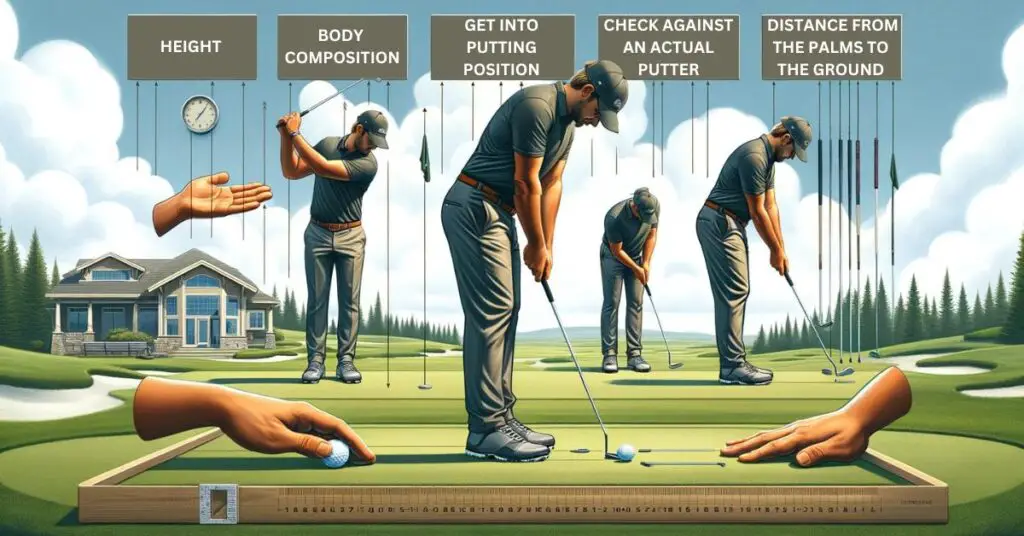
Measuring putter length correctly is like exploring the secret weapon on the golf course. Here’s a step-by-step putter length guide to ensure your putter fits you:
Height
Consider your height before starting to measure the length of putter for height. Stand straight in front of a wall and use a tape or ruler to measure your height from the floor to the top of your head. This height helps establish a baseline because taller golfers normally use a 34 or 35-inch putter to maintain perfect posture. Shorter players may use a mid-length putter (32-33 inches), which allows them to retain a more natural stance without hunching over. Women’s putter length typically measures 33 inches.
Here is a table of average putter length by height guidelines:
| Height | Putter Length |
| Under 5 feet | 32 inches or smaller |
| 5’0″ to 5’2″ | 32.5 inches |
| 5’2″ to 5’4″ | 33 inches |
| 5’4″ to 5’6″ | 33.5 inches |
| 5’6″ to 5’8″ | 34 inches |
| 5’8″ to 6’0″ | 34.5 inches |
| 6’0″ to 6’2″ | 35 inches |
| 6’2″ to 6’4″ | 35.5 inches |
| Above 6’4″ | 36 inches or longer |
Body Composition
The ideal putter length is influenced by body composition, specifically arm length and height. Players with longer arms may prefer short putters since their hands naturally hang lower to the ground, whereas those with shorter arms may benefit from a long putter.
Get Into Putting Position
Take your natural putting posture as if you are about to strike the golf ball to find the best putter length. This stance should be relaxed and natural, with your hands under your shoulders and your eyes directly over the ball line.
Measure The Distance From The Palms To The Ground
While maintaining your putting stance, measure the distance between your palms (or where they grasp the putter) to the ground. This measurement reveals the required putter shaft length for your arms to hang freely and comfortably without changing your stance.
Check Against An Actual Putter
Finally, compare your measurements to an actual putter. Visit a golf shop to try out different putters and follow your putting position. This real-world test confirms the theoretical length while also giving you a tactile sense of the putter’s grip, balance, and weight as you replicate a putting stroke. Adjustments can be made based on the comfort and control levels found throughout these practical tests.
By following these detailed steps, you can confidently identify a putter length that complements your physical dimensions and enhances your natural putting stroke, leading to improved performance on the greens.
Factors Affecting Putter Performance
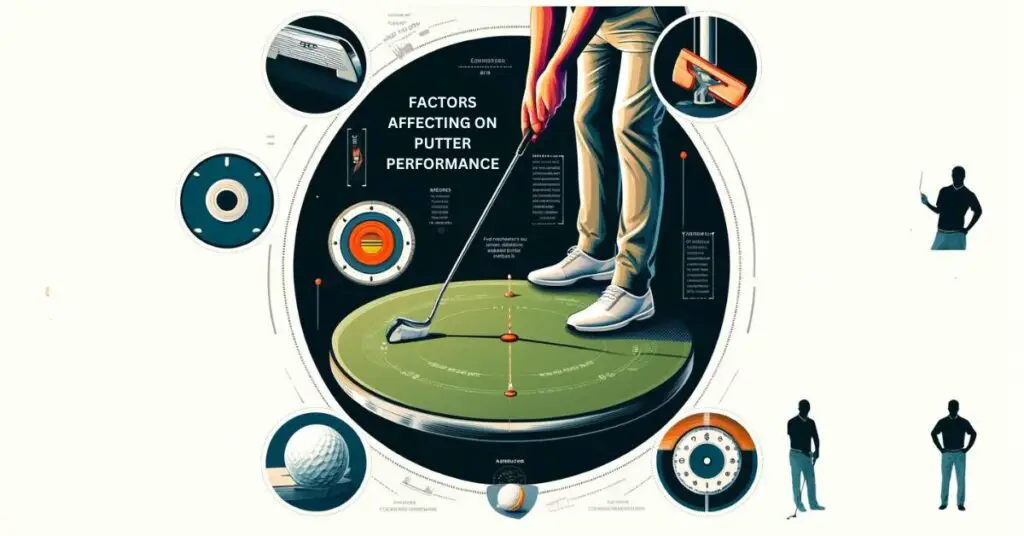
While golf putter length is crucial, it’s not the only player on the putting green. Here are some other factors that influence how your putter performs:
Putting Stroke
Your putting stroke style significantly impacts the type of putter that suits you best, including its length. Golfers with a straight-back-and-through stroke typically demand a putter that allows for a more upright stance, which may necessitate a longer shaft. Those who use an arc stroke, on the other hand, may benefit from a shorter putter since it allows for a more natural in-to-out and out-to-in route in their swing.
Weight
The weight of the putter determines how you control and consistent it during the stroke. Heavier putters might offer more stability and feel to some golfers, particularly those who struggle with distance management. Lighter putters, on the other hand, may provide more feel and responsiveness for golfers who use a smooth, controlled stroke.
Lie Angle
A putter’s lie angle is formed between the shaft and the ground while in the playing position. If the angle of the lie does not match your stance and height, the putter head will sit incorrectly at its place, affecting the accuracy and consistency of your putts. To putt effectively, you must ensure that your putter’s lie angle is optimal for your style and body composition.
Arm Length
While height is an important consideration in putter height (length) selection, arm length also plays a role. Equally longer arms may benefit from a somewhat longer putter to maintain a comfortable stance without unnecessary bending. Someone with a shorter torso and longer arms may prefer a mid-length putter.
Summary
To summarize, learning how to measure putter length isn’t difficult, but it’s a vital component in improving your putting. Remember, selecting the perfect putter length is more than just a matter of comfort; it’s an important component that can have a big impact on your golf game. Understanding how height, body composition, and putting position affect the length of a putter allows you to make informed decisions that improve your performance on the green.
Remember, the goal is to find a putter that feels like a natural extension of your arms, allowing you to maintain a relaxed posture and a smooth, effective stroke. When selecting a putter, always consider the putting stroke, weight, lie angle, and arm length. Take the time to properly measure a putter and test different putters to determine which one feels best in your hands. With the correct putter length adapted to your personal needs, you’ll be setting yourself up for more consistent and successful putting.
FAQ’s
The standard length of putter for most senior golfers is between 33 and 35 inches. However, the correct length for everyone is determined by their height and arm length. A putter that matches your actual stance and posture will greatly improve your control and consistency on the green.
A putter’s lifetime can greatly depend on the material quality, frequency of use, and level of maintenance. If you well-maintain your putter then you can use that putter for many years., sometimes decades. Regularly cleaning your putter and using a head cover to protect it from dents and scratches might help it last longer.
It depends on you! Taller golfers generally need a longer putter (34-35″) for good posture. Shorter golfers might prefer a mid-length putter (32-33″) to stand straighter. But factor in arm length and putting style too. Experiment with different lengths to find what feels natural and promotes a smooth, consistent stroke. That’s the key to more putts!
A right putter is appropriate for your body size, putting style, and comfort level. A putter’s effectiveness is determined by factors including length, weight, lie angle, and head-handle balance. A terrible putter, on the other hand, is ill-suited to these characteristics, making it difficult to attain consistency and precision on the green. Always test putters in different conditions to ensure they complement your specific putting style.

With several years of experience in golf, Golf Golz are dedicated to helping golfers elevate their game through innovative training techniques, premium equipment, and expert insights. From mastering your swing to conquering the course, we bring you strategies and tools designed by world-class instructors to help you play your best golf yet.

